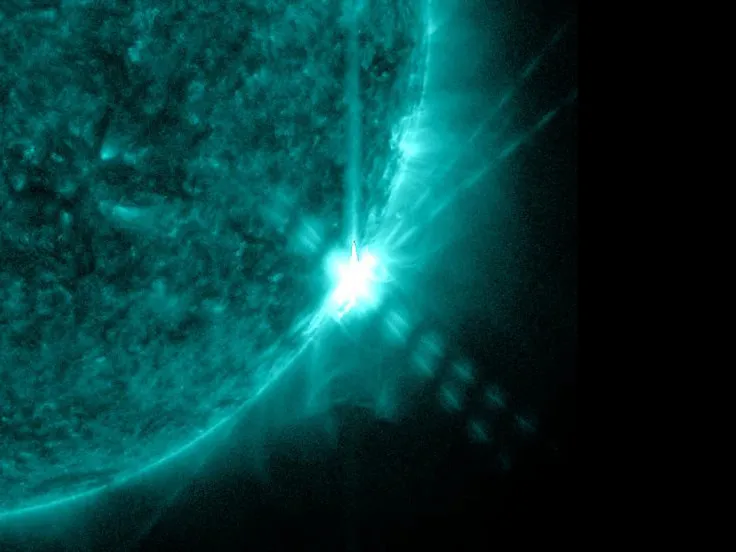In 2013, the Sun reached the peak of its 11-year activity cycle, known as the solar maximum, leading to an increase in solar flares. These flares, particularly the more powerful X-class flares, have the potential to disrupt Earth’s atmosphere, affecting communication systems and power grids. Historically, significant solar events have caused technological disruptions, such as the 1859 Carrington Event, which impacted telegraph services, and the 1989 geomagnetic storm that led to a nine-hour power outage in Canada. As solar activity intensifies, scientists emphasize the importance of monitoring space weather to mitigate potential impacts on modern infrastructure.

Leave a Reply